The works of Central and South American artists are the rising stars of the international art market, garnering record prices and heavyweight critical acclaim. Emma Crichton-Miller reports
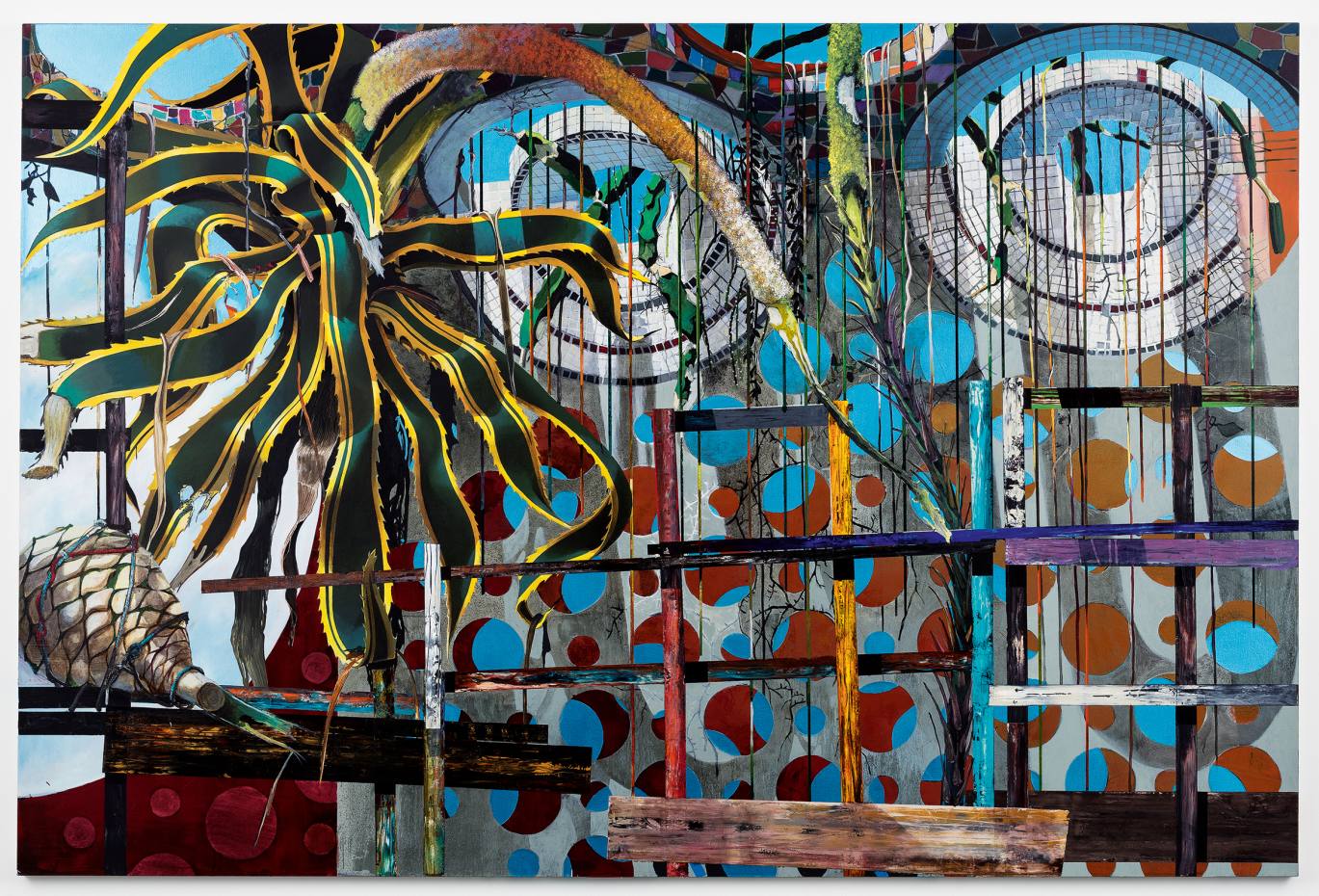
At last year’s Frieze London art fair, a Brazilian gallery dominated by a vast, fringed, abstract hanging screen won the prize for best stand. Just across from the extravagant theatrics of Hauser & Wirth’s Bronze Age c3500 BC-AD 2017, Galeria Luisa Strina managed to encapsulate, with a few outstanding works, the depth and breadth of its programme. Items on display ranged from wall pieces by pioneering Brazilian conceptual artist Cildo Meireles, subject of a solo exhibition at Tate Modern in 2009, and some compelling constructions made out of debris by the sculptor Fernanda Gomes to the fringed screen by Alexandre da Cunha constructed from industrial mop heads. A black and white video installation by his contemporary Renata Lucas showed empty industrial buildings prowled by exotic wild animals.
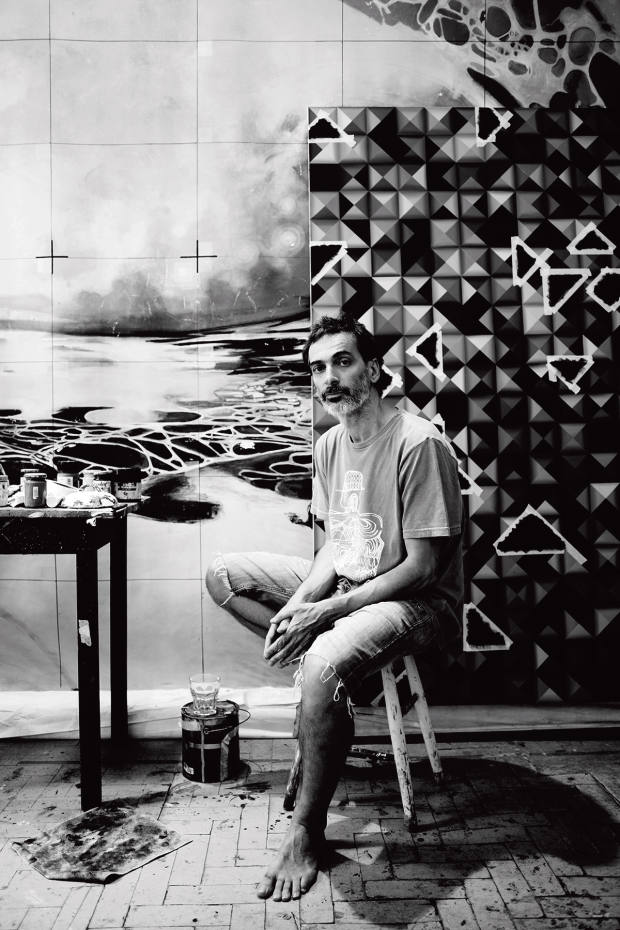
The award was a welcome 43rd birthday present for this venerable gallery, which has nursed the careers of several generations of the most avant-garde Brazilian artists since its founding in São Paulo in 1974. But it was also a resounding cheer for Latin American art. With another leading São Paulo gallery, Mendes Wood, receiving one of just four special commendations, this was a public acknowledgement of the strength, maturity and originality of art from the region. It was also a recognition that while there has been a spate of museum exhibitions in Europe and the United States recently, these only scratch the surface of a well-established, vibrant art scene that is at last achieving full visibility on the international stage.
Indeed, once you start to look, Latin American art is everywhere, not just in our museums but in the marketplace. Major global art dealerships have, over the past few years, been ensuring that they field at least one artist from Latin America. At Lisson Gallery, for example, are the Mexican painter Pedro Reyes, the heroic centenarian Cuban abstract painter Carmen Herrera and the Puerto Rican conceptual artists Allora & Calzadilla. At Phillips New York in November 2016, Herrera’s 1965 canvas Cerulean reached $970,000, easily exceeding its estimate of $600,000-$800,000 – more than double the previous record for a Herrera, achieved the year before by another 1965 canvas, Basque (and in turn superseded in 2017 by a 1956 work that sold for $1,179,000).

Stephen Friedman represents the Venezuelan artist Juan Araujo, giving him his first UK solo show in 2015, the lyrical multimedia artist Tonico Lemos Auad from northern Brazil, and the painter Luiz Zerbini from São Paulo. Gagosian shows the Brazilian installation artist Adriana Varejão, whose conceptual slashed wall-piece Parede com Incisões à la Fontana II (Wall with Incisions à la Fontana II, 2001) spectacularly broke the world auction record for a living Brazilian artist in 2011 at Christie’s London, surging to £1.1m from an estimate of £200,000-£300,000.
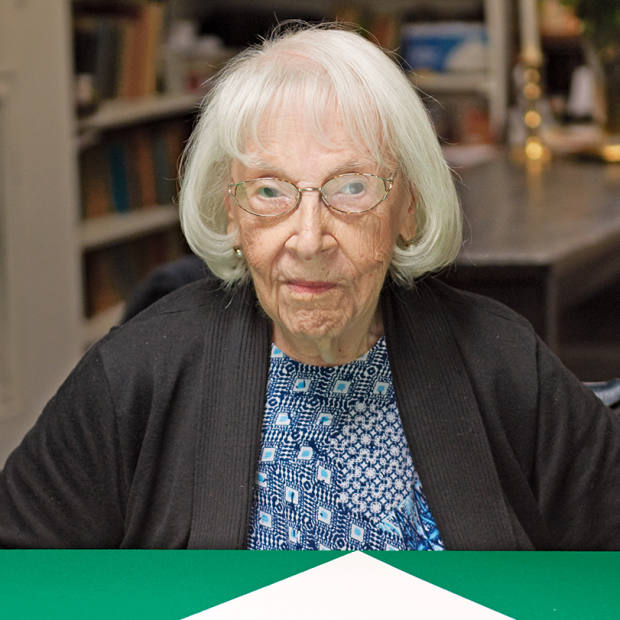
Hauser & Wirth shows the Italian-Brazilian Anna Maria Maiolino, the late Brazilian Lygia Pape and the Argentinian Guillermo Kuitca, and handles the estate of Mira Schendel, a leading figure in Brazilian modernism, known for her delicate – frequently monochrome – works, who was the focus of a much‑acclaimed retrospective at Tate Modern in 2013. Alison Jacques, besides representing the Brazilian installation artist Fernanda Gomes in Europe, embraced Latin American art when she took on the estates of Cuban-American Ana Mendieta (in 2009) and another groundbreaking Brazilian female artist, the late Lygia Clark, and now also represents the sculptor Erika Verzutti, who exhibited last year at the Venice Biennale. Another star, the Mexican Abraham Cruzvillegas, who has dubbed his method of building conceptual sculptures, films and installations from everyday materials “Autoconstrucción”, is shown at Thomas Dane Gallery. As Greg Hilty, curatorial director at Lisson Gallery, says, this new visibility of Latin American art is the result of “a gradual process of correction and growth of understanding over a couple of decades.” What’s different now is that “it’s become impossible to ignore the richness and complexity of art from Brazil, Argentina, Colombia, Mexico and other countries. These artists demonstrate both a sophisticated take on ‘western’ modern and contemporary art histories and a fresh vision generated by their own dynamic societies.”
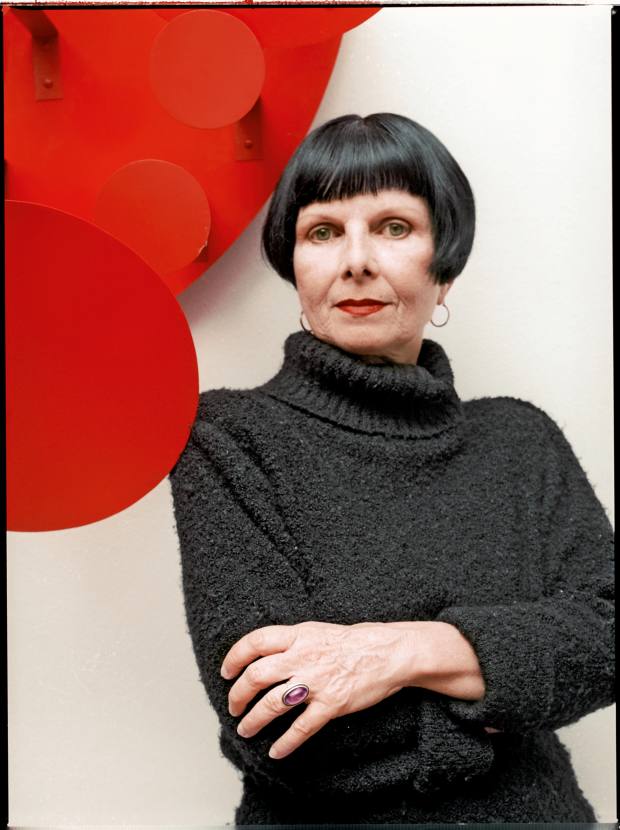
Graham Steele, senior director at Hauser & Wirth in Los Angeles, comments, “This is an area of the art world and the art market pioneered by curators. What has changed is that now serious international collectors are reaffirming its significance.” He suggests that after the economic crisis of 2008, collectors woke up to the value in art from regions beyond Europe and North America: “The hegemony of London, New York and Paris has been shattered definitively.” Moreover, whereas for years dedicated collectors of Latin American art, including formidable Venezuelan-born collector and philanthropist Patricia Phelps de Cisneros, had hailed from the region, now it is “people in north London, people on the Upper East Side”.
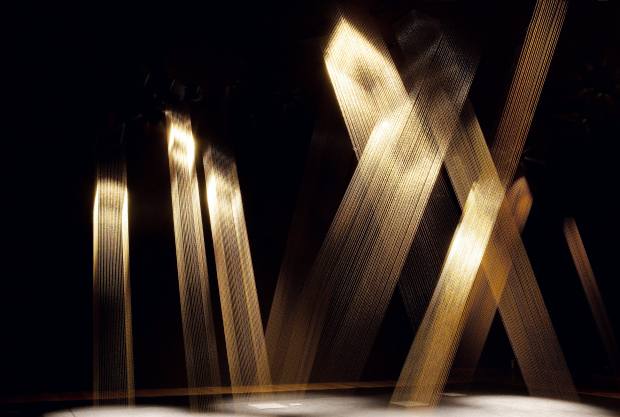
Jacques says of Lygia Clark – whose 1959 black and white, geometric, paint-on-plywood piece Contra Revelo (Objeto N 7) was pushed above the top estimate of $800,000 to make a record $2.2m at Phillips New York in 2013, and whose first full retrospective outside Brazil was at MoMA in 2014 – “Rarely do you have an artist at this level who has not already achieved full recognition – for me, it was a lucky situation that no one had thought of trying her market in Europe before.”

Until the 1960s, countries in Central and South America had enjoyed flourishing art scenes in their major capitals, and people, ideas and artworks flowed between Latin America, Europe and the United States. Distinctive traditions of modernism, abstract art – concrete and neo-concrete – and later pop art had emerged in Uruguay, Argentina, Brazil and Venezuela, drawing on European precedents but responding to unique political and cultural circumstances. But then a curtain fell. A military coup in Brazil in 1964, the “Dirty War” waged by the state on dissidents in Argentina between 1974 and 1983, and political turbulence in Uruguay, Chile and later Venezuela all meant that artists turned inward, addressing the specific context they confronted, with their work increasingly under official state scrutiny. Others fled into exile, while European and American collectors turned their attention elsewhere.
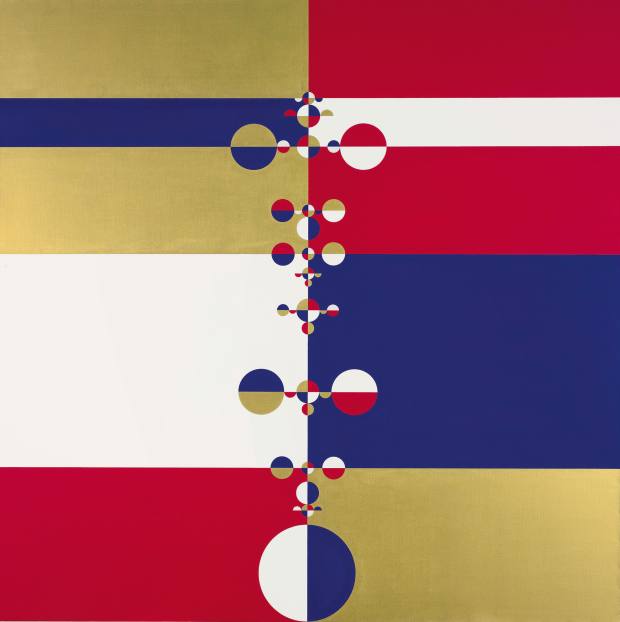
As Cecilia Brunson – who opened her eponymous gallery in London five years ago to show art from Latin America, including her native Chile – says, “What developed was an insular art that grew out of resistance, a powerful art of survival.” José Olympio Pereira – a collector and currently head of the International Advisory Board of the Bienal de São Paulo – adds, “We have a very high quality of art production. We are a melting pot of different cultures and races, all influencing each other, and I think that lends itself to creativity.” There were dedicated and knowledgeable local collectors, so artists did not need to look outside to find an audience. There was, as Hauser & Wirth’s Steele puts it, “intense internal discussion and an intense internal market”.
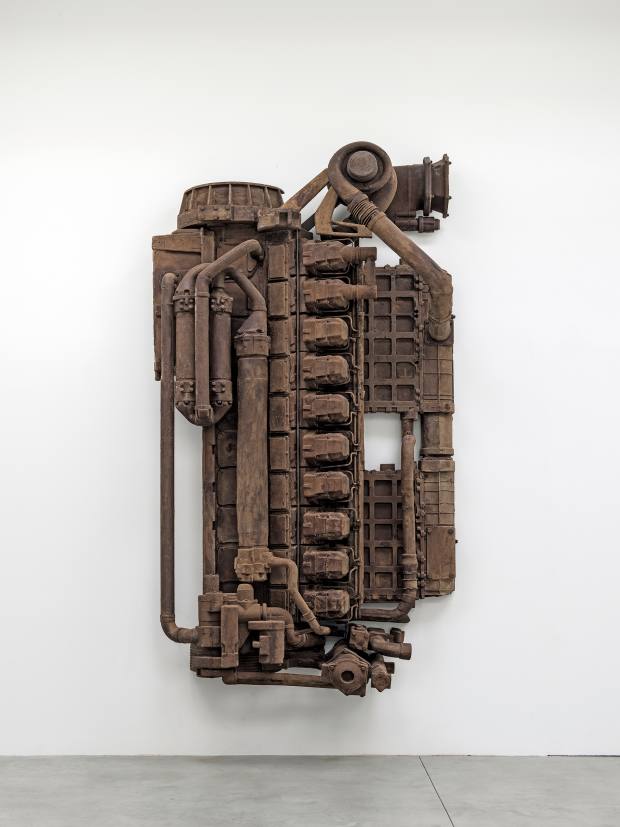
It was only in the new millennium that certain artists from the continent began to emerge again onto the international scene. In 2002, Tate appointed its first associate curator of Latin American art. In 2004, the ingenious, multifaceted Mexican conceptual artist Gabriel Orozco (represented by White Cube and Marian Goodman Gallery) had a solo show at the Serpentine Gallery. Today, his highly recognisable red, blue, white and gold Samurai Tree paintings, with their geometric construction, regularly fetch six-figure sums at auction, with a record $665,000 achieved at Sotheby’s New York in 2013 for the 2005 work Roto Spinal. The colourful abstract painter and collagist Beatriz Milhazes – who is represented by White Cube gallery and whose work is inspired equally by early Brazilian modernist Tarsila do Amaral, Matisse and Mondrian – is also much sought after: her exuberant acrylic canvas Palmolive sold for $1,685,000 at Christie’s New York in 2014.
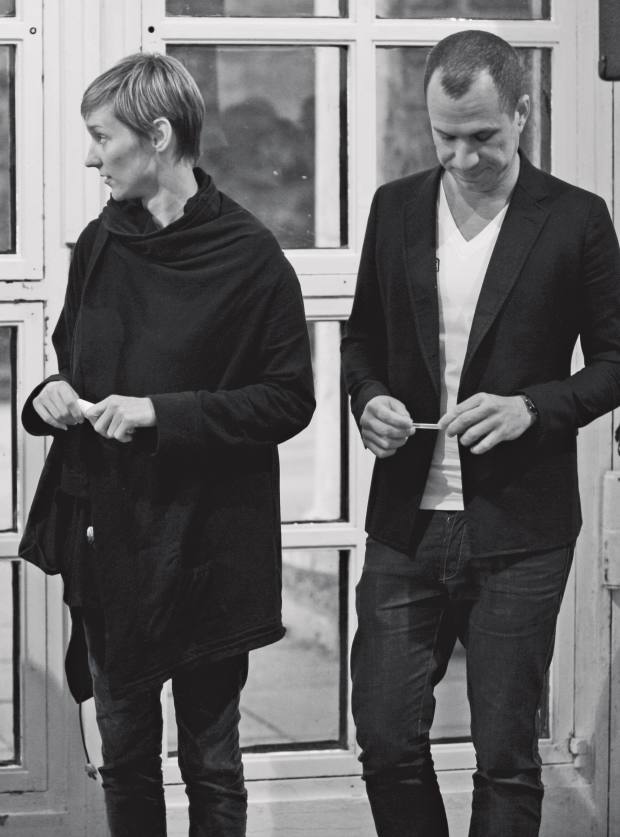
Then there is the Brazilian star Ernesto Neto (represented by New York’s Tanya Bonakdar Gallery), with his sensuous, coloured fabric environments inspired by both the crafts and the jungles of Brazil, who was given a solo show, The Edges of the World, at London’s Hayward Gallery in 2010, and who installed a shaman’s tent at 2017’s Venice Biennale. From Colombia, the sculptor Doris Salcedo first exhibited her politically charged works at Tate Modern in 1999, before going on to snake the memorably sinister black fissure Shibboleth along the floor of its Turbine Hall in 2007. Today she is represented by White Cube – and in 2015 her ominous, battered, cement- and steel‑bar-filled wooden wardrobe Untitled (1992) fetched $665,000 at Phillips New York. In fact, so successfully has Latin American art performed at auction recently that earlier this year Phillips announced it was ceasing to present the work in dedicated Latin American sales. Instead, pieces by artists from the region are being incorporated into general 20th-century and contemporary art auctions.

An initial step along this path was Art Basel’s choice in 2002 of Miami for its first sortie outside Switzerland. “It was felt there was this huge market waiting in Latin America,” says Marc Spiegler, global director of Art Basel since 2012. “Miami is the place where Mexicans meet Brazilians meet Venezuelans. In Latin America, there was a very active art scene – it just wasn’t connected. And we weren’t paying attention.” In the early years, comparatively few commercial galleries from Latin America could attend Art Basel Miami Beach, but by 2017 there were 19 from Brazil, eight from Mexico, five from Argentina and one each from Colombia, Peru and Cuba, able to offer a platform for their artists.
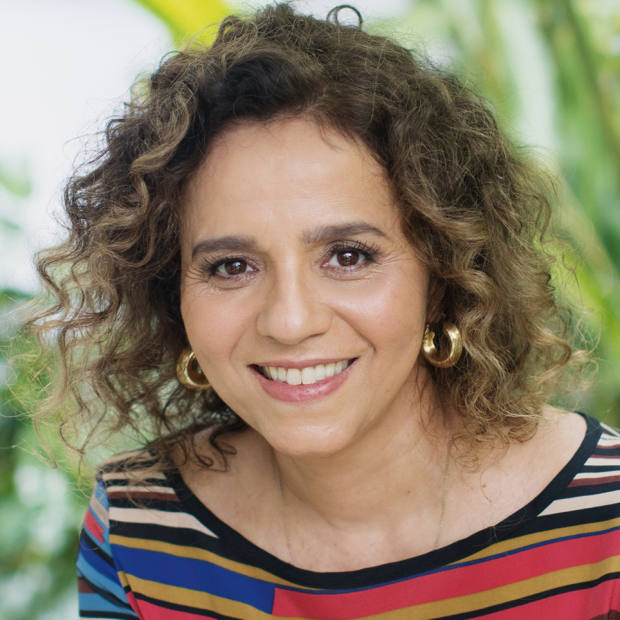
Brazil has undoubtedly the most mature infrastructure. You have only to go to São Paulo to be astonished by the number and quality of the galleries. Rio de Janeiro, meanwhile, has its own scene and market. Culturally at an odd angle to the rest of the continent, owing to its Portuguese language and unique colonial history, Brazil has a pride and self-confidence that persists, even when shaken by financial turmoil and political scandal, as now. It was this confidence that inspired Fernanda Feitosa, a former lawyer working for JP Morgan, to set up SP-Arte – the São Paulo International Art Festival – in 2005. As she says, “I knew I could do an art fair even without looking outside – I had good artists, good galleries and good collectors.”
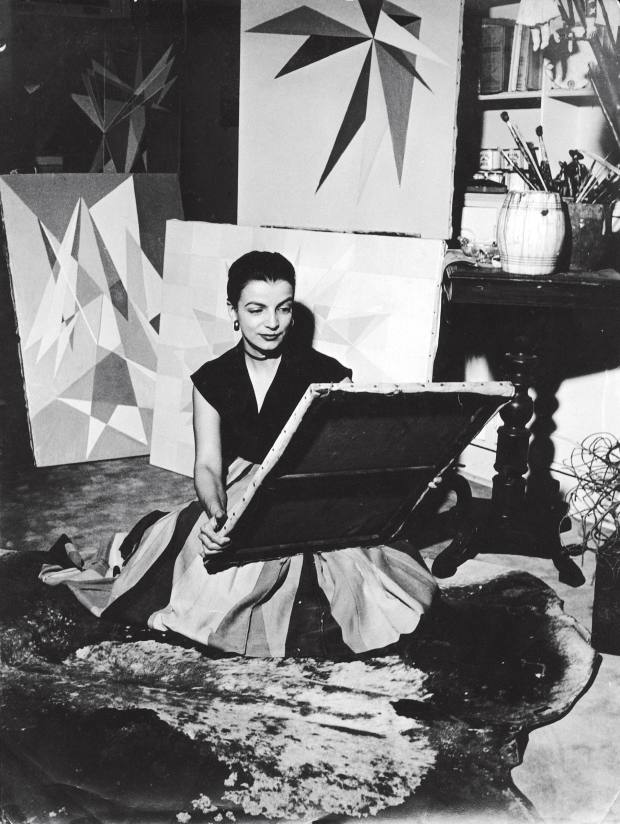
Since then SP-Arte, located in the iconic Oscar Niemeyer-designed Bienal Pavilion, has become the leading art fair for modern and contemporary art and design on the continent, now attracting more than 40 international galleries and 30,000 visitors. Feitosa says, “This is not a bubble – this is belated recognition of a consistent strength.” Pereira adds that alongside up-and-coming stars such as Rodrigo Cass there are successful mid-career artists like Odires Mlászho or older artists such as Carmela Gross, whose work deserves to be much better known.

It is the awareness, however, that so far we have encountered just the tip of a vast iceberg that has inspired a new initiative for Spiegler and Art Basel. Rather than setting up a fully fledged international Art Basel in Latin America, last autumn they launched the first of a series of Art Basel Cities events in Buenos Aires. This is a long-term collaboration to boost the whole cultural ecosystem – artists, galleries, not-for-profit spaces and public institutions – as well as promote the city to a global audience. It will culminate in September with Art Basel Cities: Buenos Aires, a week of public art programming throughout the city. As the notable Argentinian collector Juan Vergez says, after pointing to the many successful Argentinian artists on the international scene (among them, conceptual artist Tomás Saraceno, the flamboyant performance artist Marta Minujín, the poetic abstract artist Guillermo Kuitca and the younger sculptor Eduardo Basualdo), “We still have here in Buenos Aires a lot of undiscovered talent, hidden gems of art. We are hoping that Art Basel Cities will help introduce them to the world.” For the continent as a whole, the introductions are just beginning.
No comments:
Post a Comment